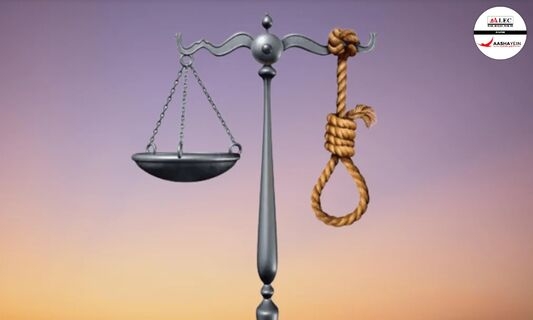A major ruling by the Supreme Court aims to stop "bulldozer justice," which is the practice of arbitrarily demolishing the homes of people who are accused of crimes. The decision clearly states that these extrajudicial demolitions are illegal and lays forth specific guidelines that local governments must follow when demolishing property. It also makes officials personally liable for any breaches that occur throughout the procedure. The Supreme Court made these guidelines by using its extraordinary jurisdiction under Article 142 of the Constitution which gives the Court to do complete justice.
Background of the case -
The case involved challenges to the practice of demolishing the homes of individuals accused of crimes without legal sanction, a method seen as exceeding legal bounds. This practice has notably occurred in recent years in states such as Uttar Pradesh, Madhya Pradesh, Rajasthan, and Uttarakhand. The Supreme Court’s ruling on Wednesday was influenced by incidents that occurred earlier this year in Udaipur, Rajasthan, and Ratlam, Madhya Pradesh.
Judgement of the Court-
The Supreme Court bench comprising Justices B R Gavai and K V Viswanathan observed that bulldozer demolitions conducted by state authorities undermined judicial authority as in these situations, state authorities perform the judicial function of giving punishment, which compromised the principle of separation of powers.
The bench established extensive, national guidelines to control the practice, calling these demolitions "extreme" and "disproportionate." Among these was making sure that the right protocols were followed, such as sending out warnings before any demolition. Additionally, the bench ruled that any violation of these rules would be considered contempt of court and that those involved would be subject to personal financial penalties, with expenses deducted from their pay.
Constitutionality of the judgement
The bench highlighted that such quick actions often infringe upon the Fundamental Rights of the accused. It stated that the right to life with dignity, protected under Article 21 of the Constitution, also encompasses the right to shelter. The court noted that depriving innocent individuals of their right to life by removing their shelter is, in its view, entirely unconstitutional.
The bench also referred to the public trust doctrine, emphasizing that the executive acts as a "trustee" for the citizens. This implies that principles of public accountability and transparency must guide the exercise of government power. Additionally, the court asserted that accountability should be imposed on officials who act irresponsibly or fail to act, ensuring that responsibility is assigned for any negligence.
Guidelines issued by the Court-
The Supreme Court has issued comprehensive guidelines aimed at regulating demolition actions to prevent arbitrary use of power and ensure adherence to procedural justice. The process begins with the service of a written notice to the owner-occupier, delivered through registered post, at least fifteen days before the intended demolition or as mandated by the relevant municipal law, whichever duration is longer. The notice must also be posted visibly on the property. This notice should detail the nature of the unauthorized construction, specific violations, required documents for the response, and the date and designated authority for a personal hearing. To prevent falsification, the notice must be emailed to the collector’s office and district magistrate, who will issue an automated acknowledgment.
Further, the collector or district magistrate must appoint a local officer with an official email for such communications, informing municipal authorities of this designation within a month of the order. Each municipal authority must create a digital portal within three months to record notices, replies, show-cause notices, and final orders. The designated authority must hold a personal hearing, after which they will issue a detailed order addressing the contentions raised, reasons for not considering alternatives such as compounding or partial demolition, and justification for proceeding with full demolition. This order must be subject to review by an appellate body, with a mandatory delay of fifteen days before any demolition commences, during which the final order must be accessible on the portal.
Owners are given a fifteen-day window post-final order to self-demolish the unauthorized structure if feasible. If not undertaken, authorities can proceed, provided a detailed inspection report, endorsed by two independent witnesses, is prepared. Demolitions must be recorded on video, and a report listing involved police and civil personnel submitted to the Municipal Commissioner and uploaded to the portal. The video must be preserved as a record. Non-compliance with these guidelines will result in contempt of court charges, and responsible officials may be ordered to personally cover the restitution costs of the unlawfully demolished property.
Exception carved by the judgement
The Apex clarified that its guidelines will not apply in cases where unauthorized structures are located on public spaces, such as roads, footpaths, near railway lines, or adjacent to rivers or other water bodies. Additionally, the directions do not apply when there is a demolition order issued by a court of law.
The aftermath of the judgement-
The Court instructed the registrar (judicial) to distribute a copy of its decision to the chief secretaries of all states and Union territories, as well as to the registrar generals of the high courts. The bench further directed that all states must issue circulars to district magistrates and local authorities to inform them about the Court's directions. The matter was scheduled for further review after four weeks

